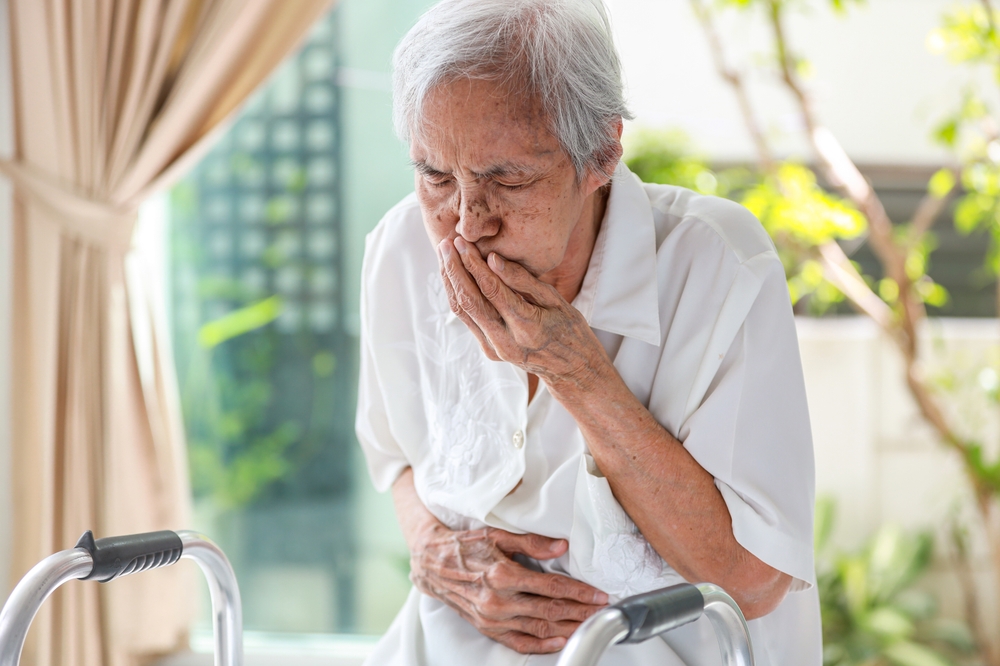Fever in the Elderly: When to Worry
Category:

For healthy young adults, an occasional fever is usually nothing to worry about. But fever in elderly adults can indicate a wide range of problems, can be the first sign of a serious health problem, or otherwise be far more serious for seniors. So what’s considered a high fever in the elderly, and when should you worry?
Causes of Fever in Elderly Individuals
Fevers without a known cause are relatively common among younger adults. But among seniors, fevers are more likely to indicate a serious viral or bacterial infection. They can also be the result of heat stress, sepsis, malignant growths, medication side-effects, or a symptom of common chronic conditions like arthritis. In short, fever in the elderly often indicates a more serious underlying problem.
Moreover, older adults are more susceptible to infections because the immune system becomes less robust with age. As such, older adults are at a much greater risk of hospitalization and death resulting from common infections, especially with the presence of comorbid health problems. But exactly how high, and when should you worry about fever in older adults?
Measuring Fever in the Elderly
Many people grew up learning 98.6 F° is the standard healthy body temperature, but a healthy temperature actually varies slightly. And that variance can be especially pronounced among the elderly. Older adults commonly have more difficulty maintaining body temperature, and do not conserve heat as efficiently.
As such, it can be particularly useful to establish a baseline reading for loved ones. You can get a more accurate reading of temperature on older adults using a digital thermometer under the arm or in the mouth, and multiple readings over the span of ten minutes can give you an even better average.
Download a Free Guide to Home Care
What is considered a high fever for seniors?
A fever is defined as a temperature elevation 2°F above baseline. That means about 100°F would indicate a low-grade fever in most elderly individuals. We’re all familiar with the symptoms of a lower grade fever: seating, shivering, headache, aching muscles, weak appetite, weakness, rash, and lightheadedness.
But a higher fever can also include extreme sleepiness, irritability, seizures, confusion. And it’s important to seek immediate medical attention should a fever reach or exceed 103°F. Likewise, when fever is joined by additional symptoms like:
-
Sudden rash
-
Vomiting
-
Difficulty breathing
-
Swelling or inflammation
-
Pain bending the head forward; stiff neck
-
Pain while urinating, foul-smelling urine
-
Chest or abdominal pain
-
Convulsions
-
Seizures
-
Confusion
-
Disorientation
-
Headache
How to Reduce Fever in Elderly Patients
Dehydration is the result of the body gradually losing more fluid than it takes in. And because fever and infection can cause the body to rapidly lose fluid, both dehydration and fever in the elderly go hand-in-hand. Signs of dehydration can include dry mouth, high heart rate, dizziness, weakness, dark-colored urine. And left unattended, dehydration can contribute to a risk for complications like loss of balance, kidney problems.
Fortunately, the methods for how to reduce fever in elderly individuals are essentially the same as with younger adults. Remain hydrated by drinking plenty of fluids. Lightweight clothing and a light blanket can relieve chills, and over the counter fever relievers like ibuprofen and acetaminophen can provide temporary relief from discomfort.
Though fever can be quite unpleasant and can indicate a more serious problem might be at play, most will pass without incident. Provided you remain vigilant about looking for additional symptoms, and continually monitor the temperature to ensure mild fevers don’t become more severe – then most fevers are nothing to lose sleep over.
Subscribe
Date: 2020-11-10
Category:


